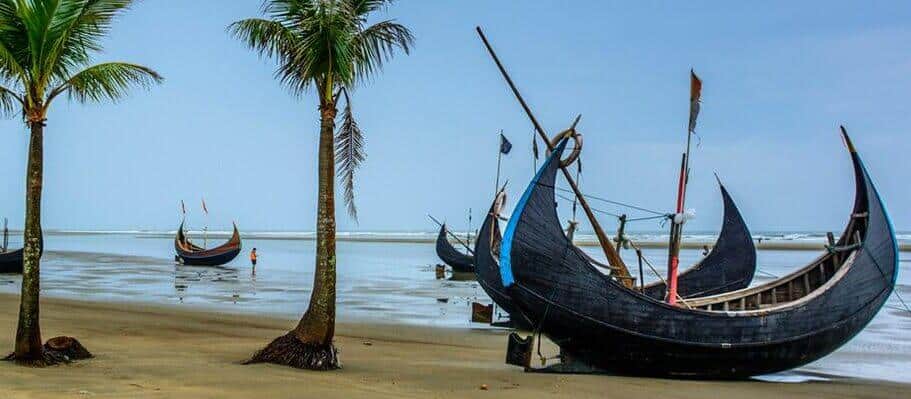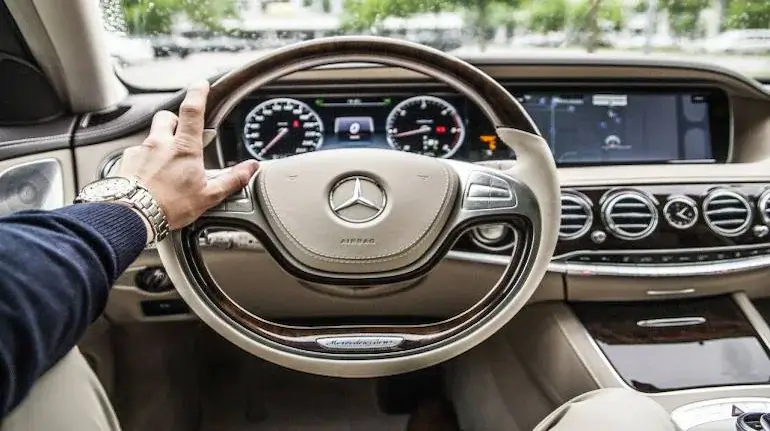
by | Sep 6, 2021 | Food, Restaurant
The seemingly unlikely duo of nature and technology are at the heart of chef Rasmus Kofoed’s progressive tasting menu: 17-plus inspired, artistic courses composed of organic and wild Scandinavian ingredients. While a presentation of fragile, near-translucent leaves is...

by | Sep 6, 2021 | Shopping
Locally nicknamed La dame de fer French for Iron Lady, it was constructed from 1887 to 1889 as the entrance to the 1889 World’s Fair and was initially criticised by some of France’s leading artists and intellectuals for its design, but it has become a...

by | Sep 6, 2021 | Tourist places
Cox’s Bazar is the prime beach and tourist town in Bangladesh, situated alongside the beach of the Bay of Bengal, beside the Indian ocean, having unbroken 120 Kilometer golden sand beach, reachable through motor transport alongside the wavy water . This town is...

by | Sep 6, 2021 | Tourist places
A beach is a landform alongside a body of water which consists of loose particles. The particles composing a beach are typically made from rock, such as sand, gravel, shingle, pebbles, etc., or biological sources, such as mollusc shells or coralline algae. Sediments...

by | Sep 6, 2021 | Shopping
The definition of Shopping Mall or shopping center has several meanings, namely shopping mall is a shopping center with the core of one and several large department stores as an attraction for small retail and restaurants with a building typology that is like a shop...

by | Aug 31, 2021 | Vehicle
Staring down the price tag of a new car can be a scary thing. When you’re about to spend thousands of dollars, it’s tempting to save money by going for the car with the lowest price. As counterintuitive as it sounds, however, that cheap car can end up costing you in...

by | Aug 31, 2021 | House
The people say they and they just about to know but how do you it? The term “apartment” can be generically applied to any residential unit inside a building. The building can be a house, townhouse, large residential building, and even condominium high-rise...

by | Aug 31, 2021 | Tourist places
A beach is a landform alongside a body of water which consists of loose particles. The particles composing a beach are typically made from rock, such as sand, gravel, shingle, pebbles, etc., or biological sources, such as mollusc shells or coralline algae. Sediments...

by | Aug 31, 2021 | Food, Restaurant
Good Food is First Food. It is not junk food. It is the food that connects nature and nutrition with livelihoods. This food is good for our health; it comes from the rich biodiversity of our regions; it provides employment to people. Most importantly,...










